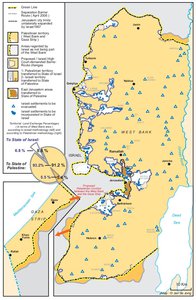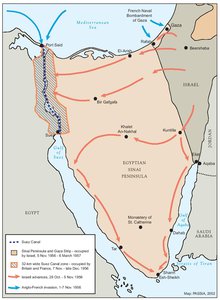THE SUEZ WAR, 1956
Map Details
In the period from 1949-1956, the UNSC and the Mixed Armistice Commission (charged with monitoring the compliance of all parties to the armistice agreements reached in 1949) condemned Israel for a series of brutal attacks on civilian ‘targets’ across the armistice lines. At Qibya (1953), Khan Younis (1955) and Qalqilya (1956), Israel committed massacres of the like not seen since the war. Israeli actions troubled the US and Britain, as the Cold War gained momentum and regional tensions rose. Britain’s pacts with Jordan and Iraq, along with US fear of Soviet penetration, left little room for the emergence of a strong Arab leader, who might jeopardize their interests and challenge Israel’s intransigence. Gamal Abdel Nasser’s rise to power in Egypt between 1952 and 1955 was the turning point. Britain and France controlled the Suez Canal by virtue of an 80-year Universal Suez Canal Company concession - a remnant of Britain’s colonial arrangements that meant control of oil resources and shipping - it was Britain’s prize in the region. At the same time it stood as a stark reminder of the territorial and economic limitations of Arab independence. Nasser struck a popular regional chord with his uncompromising stance against subservience to the Great Powers and his condemnations of Israel. Calls for Arab unity and, eventually, his procurement of an arms deal with the Soviet bloc, angered Britain, France and the US. Each had refused to supply arms and then made loans for the construction of Egypt’s huge Aswan Dam project conditional on it surrendering its economy to the World Bank. Nasser’s resort to the Soviets brought the Cold War to the region in force. Israel told the ‘West’ it would invade Egypt before the Soviet arms arrived if a solution was not found. France rushed to supply Israel with arms and vehicles while Britain counseled its regional allies. On 26 July 1956, Nasser nationalized the Suez Canal, pledging to compensate Anglo-French shareholders and declaring his intention to use canal profits to finance the Aswan Dam. British Prime Minister Anthony Eden told his cabinet, “...we shall never have a better pretext for intervention against him than we have as a result of his seizure of the Suez Canal.” With the US cautious and much of the non-aligned world supportive of Nasser’s stance, Israel, France and Britain colluded in secrecy. On 29 October, in accordance with a prearranged pact (the Sevres Pact), Israel struck across the virtually undefended Sinai. The first victims were not, though, in Egypt. Back in Israel, 43 Palestinian civilians were killed in cold blood in yet another massacre, as Israel clamped down a fresh curfew on its Arab minority. After bombing Cairo and annihilating Egyptian air defenses, an Anglo-French force landed at Port Said, 15 minutes after a UN deadline for the cessation of hostilities expired. With French naval support, Israel consolidated its conquest of the Gaza Strip (3 November) and Sinai (5 November), and by the morning of 7 November, the war was over. Britain and France held the canal; Israel held the entire Sinai Peninsula and the Gaza Strip. For Israel, the Sinai represented the Straits of Tiran through which Egypt had blockaded Israel’s access to shipping channels. A new port was under construction at Eilat, and Israel wanted to ensure access via the Gulf of Aqaba. Thus, when worldwide criticism and US fear of regional instability eventuated in pressure from Washington for the aggressors to yield their conquests, Israel insisted on safe-passage guarantees from America. Britain and France left the Suez in late December 1956. Israel quit the Sinai and Gaza in March 1957, as the UN deployed an Emergency Force (UNEF) to secure the area. UNEF remained alongside the Egyptian authorities in Gaza until the 1967 War. The repercussions of the Suez War were enormous. Effectively, Britain’s day in the region was over and the US stepped in as the major player. In 1958, Britain’s regime in Iraq was dismissed in a military coup, and by the summer, US troops were deploying in Lebanon. Nasser’s defiance won him huge popularity through the Arab World and beyond, securing his status as ‘leader of the Arab people’ for the coming decade. The rise of Arab unity and pride fuelled emerging Palestinian national movements, with the nuclei of the first liberation movements established between 1957-1958.
Related Maps
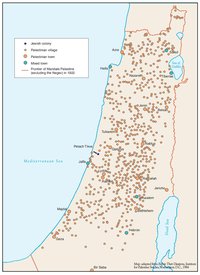
OTTOMAN PALESTINE, 1878
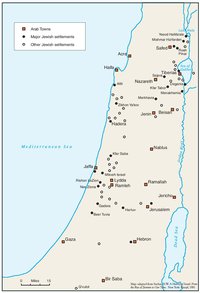
ARAB TOWNS AND JEWISH SETTLEMENTS IN PALESTINE, 1881-1914
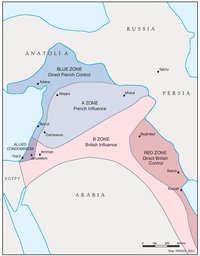
THE SYKES-PICOT AGREEMENT, 1916
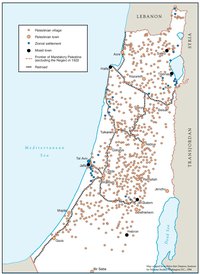
THE BEGINNING OF THE BRITISH MANDATE, 1920
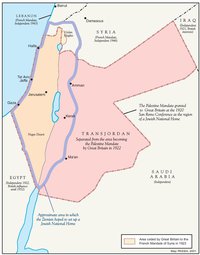
PALESTINE UNDER THE BRITISH MANDATE
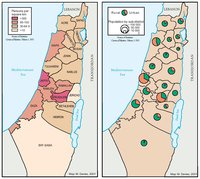
THE DEMOGRAPHY OF PALESTINE, 1931
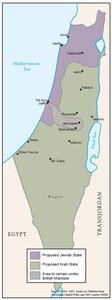
THE PEEL COMMISSION PARTITION PROPOSAL, 1937
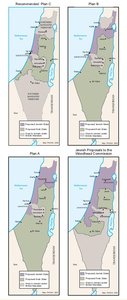
THE WOODHEAD COMMISSION PARTITION PROPOSALS, 1938
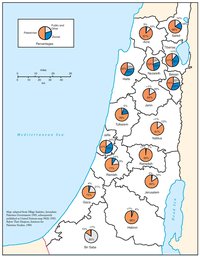
PALESTINIAN AND ZIONIST LANDOWNERSHIP BY SUB-DISTRICT, 1945
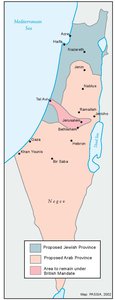
THE MORRISON-GRADY PARTITIONED TRUSTEESHIP PLAN, 1946
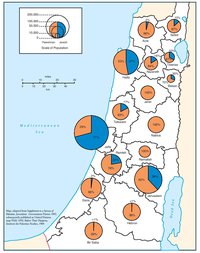
POPULATION OF PALESTINE BY SUB-DISTRICT, 1946
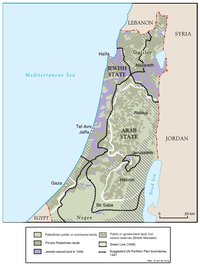
LAND OWNERSHIP IN PALESTINE, 1948
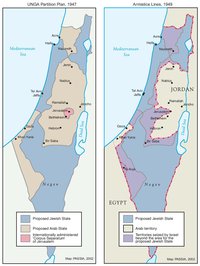
THE UNGA PARTITION PLAN, 1947 – THE 1948 WAR & THE 1949 ARMISTICE LINES
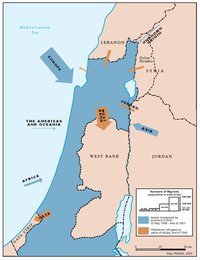
POPULATION MOVEMENTS, 1948-1951
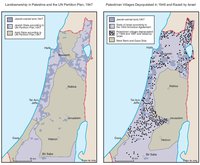
LAND OWNERSHIP IN PALESTINE AND THE UN PARTITION PLAN - PALESTINIAN DEPOPULATED AND DESTROYED VILLAGES, 1948-1949
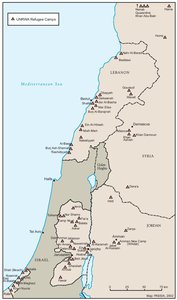
THE PALESTINIAN DIASPORA, 1958
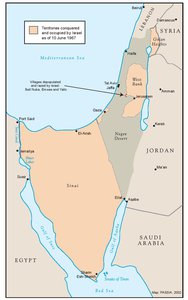
THE NEAR EAST AFTER THE JUNE 1967 WAR
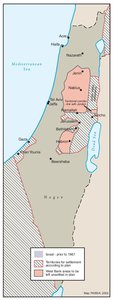
THE ALLON PLAN, JUNE 1967
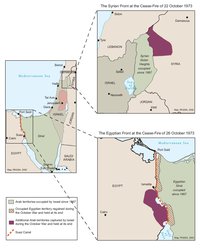
THE OCTOBER WAR, 1973
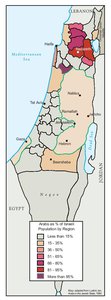
THE PALESTINIANS INSIDE ISRAEL, 1977
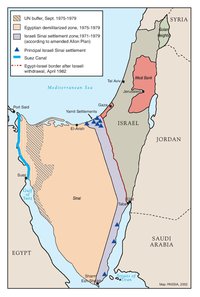
THE CAMP DAVID ACCORDS, 1978-1979
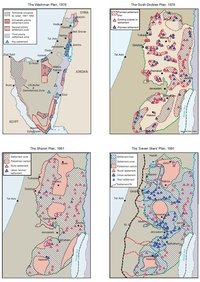
ISRAELI SETTLEMENT MASTER PLANS, 1976-1991
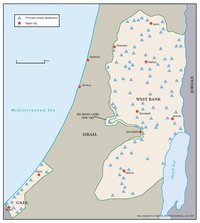
THE 1991 MADRID PEACE CONFERENCE & ISRAELI SETTLEMENTS
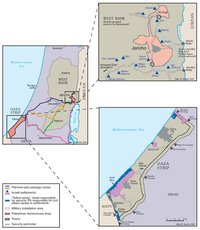
GAZA-JERICHO (OSLO I) AGREEMENT, CAIRO, 4 MAY 1994
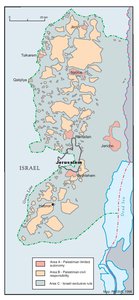
INTERIM (OSLO II) AGREEMENT, TABA, 28 SEPTEMBER 1995
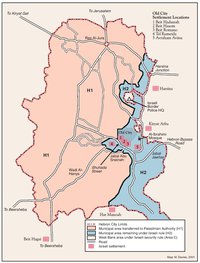
HEBRON PROTOCOL, 15 JANUARY 1997
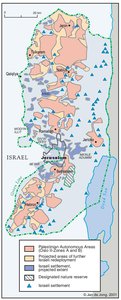
WYE RIVER MEMORANDUM, 23 OCTOBER 1998
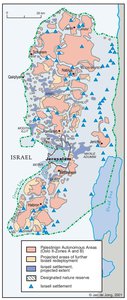
SHARM ESH-SHEIKH AGREEMENT, 4 SEPTEMBER 1999
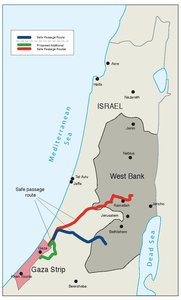
PROTOCOL CONCERNING SAFE PASSAGE BETWEEN THE WEST BANK AND THE GAZA STRIP, 5 OCTOBER 1999
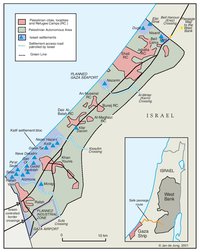
GAZA, 2000
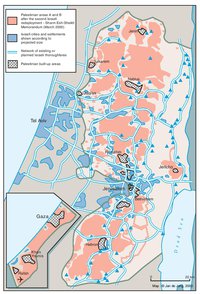
WEST BANK AND GAZA STRIP, MARCH 2000
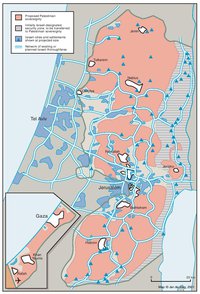
CAMP DAVID PROJECTION, JULY 2000
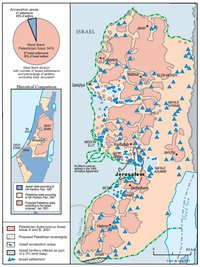
TABA TALKS PROJECTION, JANUARY 2001
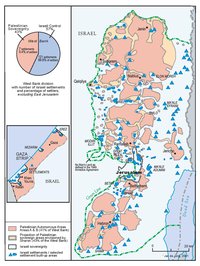
THE SHARON PROPOSAL, SPRING 2001
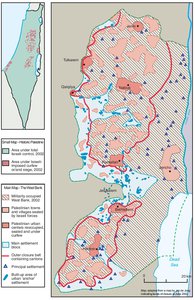
THE REINVASION OF THE PALESTINIAN TERRITORIES, 2001-2002
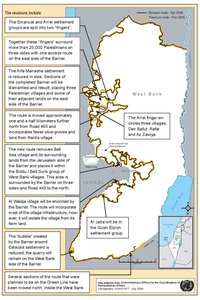
THE ROAD MAP, 2003
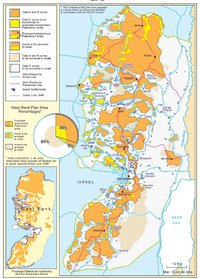
THE GENEVA INITIATIVE AND ACCORD, 2003
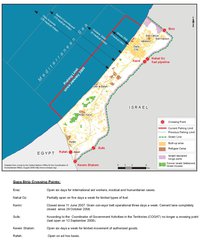
THE ISRAELI DISENGAGEMENT PLAN, 2003-2005
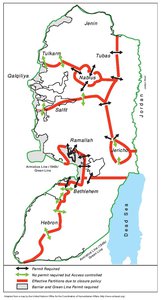
AGREED DOCUMENTS ON MOVEMENT AND ACCESS FROM AND TO GAZA, 2005
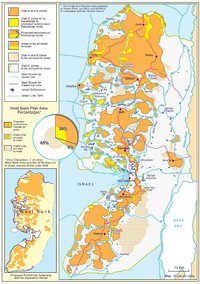
THE SETTLERS' PLAN FOR PALESTINIAN AUTONOMY, 2006
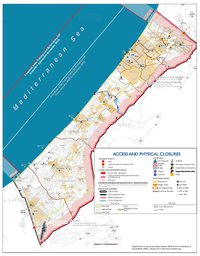
THE GAZA STRIP TODAY (2014)
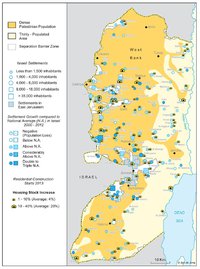
THE WEST BANK TODAY (2014)
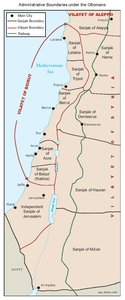
ADMINISTRATIVE BOUNDARIES
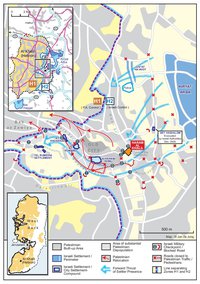
HEBRON
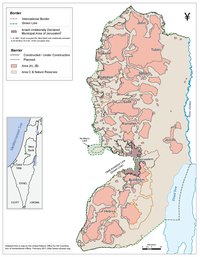
Area C
